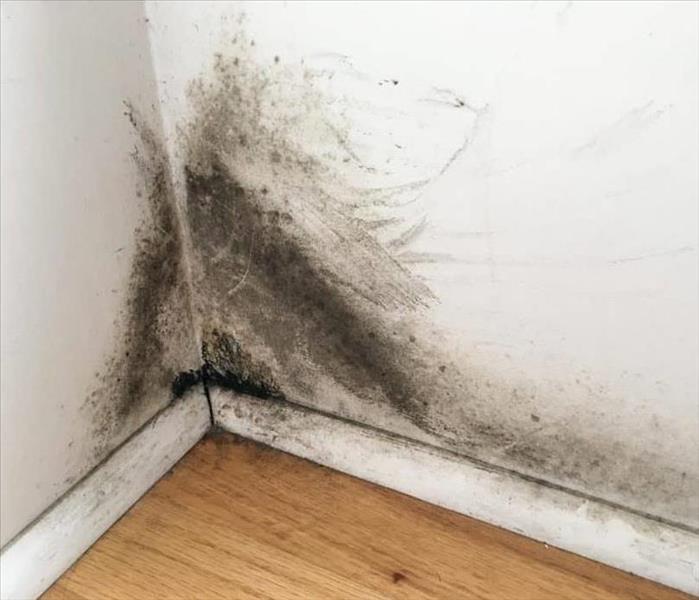How to Prevent Mold Growth After a Flood
4/22/2021 (Permalink)
If you have had a storm and your business or home was damaged, you should act quickly to keep your building from being affected further. Mold growth can occur quickly, sometimes overnight, when water is not removed. To prevent this fungus from spreading, take the following steps.
- Start Mitigation Quickly
One of the first things that you should do is to contact a professional service to begin work on mitigation. This stage takes place before restoration and is done to keep damage from spreading or getting worse. Standing water will be removed, and the area will be cleaned.
- Dry Everything Thoroughly
Because mold growth happens in areas with excessive moisture, just removing the water is not enough to keep it from spreading. Opening windows and doors can help the air circulate and speed up the process. A dehumidifier can also be used.
- Replace Damaged Materials
Due to the high levels of bacteria, sewage, and other contaminants such as mold spores found in flood water, it is difficult to clean materials that have absorbed them. Insulation, drywall, and padding beneath carpeting will more than likely need to be replaced.
- Have Belongings Cleaned
The building is not the only thing that can be affected by mold after a flood. Furniture, curtains, and other items made with porous materials can easily grow the fungus as well. If the damage is not too severe, you may be able to have items cleaned in a washing machine or by dry cleaning. For others, a professional service may be able to salvage them with more advanced machines.
Mold growth can occur very quickly, so you should begin work to have water damage removed right away. A cleanup and restoration company will be able to get the job done quickly and thoroughly. They can remove excess water from the building, inspect for mold and other damage, and make repairs to return your building to its previous condition. “Like it never even happened.”





 24/7 Emergency Service
24/7 Emergency Service
